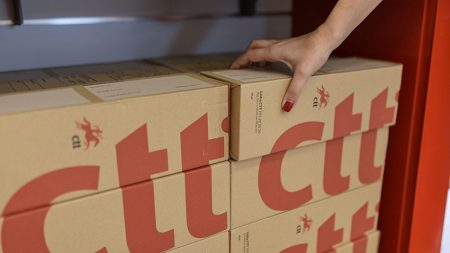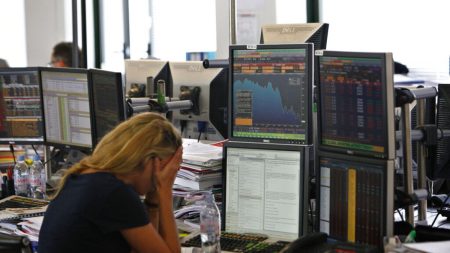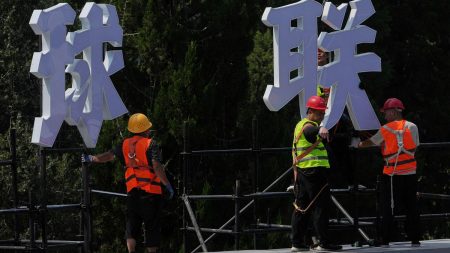Tesla’s resurgence in the stock market can be attributed to a confluence of factors, most notably the renewed investor confidence in its future growth potential driven by its ambitious Robotaxi and Full Self-Driving (FSD) technology. This renewed optimism has propelled Tesla’s valuation to record highs, with its Price-to-Earnings (P/E) ratio exceeding 100, significantly outpacing other major tech companies. This surge in valuation reflects the market’s belief that Tesla’s autonomous driving technology will revolutionize the transportation industry and unlock substantial future revenue streams. The unexpected boost from the Trump election victory, due to Elon Musk’s perceived alignment with the incoming administration, further amplified this positive sentiment, adding further fuel to the stock’s rally.
The anticipated deregulation of the autonomous vehicle sector under the Trump administration is viewed as a pivotal catalyst for Tesla’s Robotaxi ambitions. Currently, Tesla’s FSD technology requires driver supervision and is not truly autonomous. However, the company has showcased its vision for fully autonomous vehicles with the unveiling of the Cybercab and Robovan, vehicles designed without steering wheels or pedals. Regulatory hurdles have been a significant obstacle to the widespread adoption of self-driving cars. The expectation of a streamlined federal regulatory framework under Trump’s presidency is seen as paving the way for Tesla to rapidly deploy its Robotaxi fleet and capitalize on this burgeoning market.
Elon Musk’s ambitious projections for the Robotaxi business have further fueled investor excitement. He has suggested that this venture could potentially increase Tesla’s market capitalization to several trillion dollars, though he hasn’t provided a specific timeframe. Investment firms like ARK Invest, known for their focus on disruptive innovation, have echoed this optimistic outlook, predicting a substantial portion of Tesla’s future value to be derived from its robotaxi operations. These projections, combined with the anticipation of regulatory tailwinds, have contributed to the surge in Tesla’s stock price.
Beyond the Robotaxi narrative, another potential benefit from the Trump administration is the prospective removal of electric vehicle subsidies. While seemingly detrimental to Tesla, which has benefited from these subsidies, this move could ironically strengthen Tesla’s competitive position. Unlike smaller electric vehicle manufacturers that rely heavily on government support, Tesla’s profitability is less dependent on these subsidies. The removal of subsidies could potentially cripple smaller competitors, allowing Tesla to further consolidate its dominance in the electric vehicle market.
It’s crucial to note that Tesla’s strong third-quarter earnings also played a significant role in its stock market recovery, independent of political factors. The company reported a return to revenue growth after consecutive quarters of decline, demonstrating the resilience of its core automotive business. Furthermore, Tesla reported a significant increase in vehicle deliveries, signaling a rebound in demand for electric vehicles. These positive financial results provided a concrete foundation for the stock’s rally, reinforcing investor confidence in the company’s fundamental performance.
In conclusion, Tesla’s stock market surge represents a confluence of factors, including the excitement surrounding its Robotaxi and FSD technology, the anticipated regulatory changes under the Trump administration, and the company’s strong underlying financial performance. While the projected impact of the Robotaxi business remains speculative, the market has clearly embraced the narrative of Tesla transforming from a car manufacturer to a technology-driven transportation company. The potential for regulatory tailwinds and the competitive advantage gained from the removal of subsidies further enhance this narrative. Coupled with the strong Q3 earnings report, these factors have combined to create a powerful catalyst for Tesla’s stock price appreciation.














